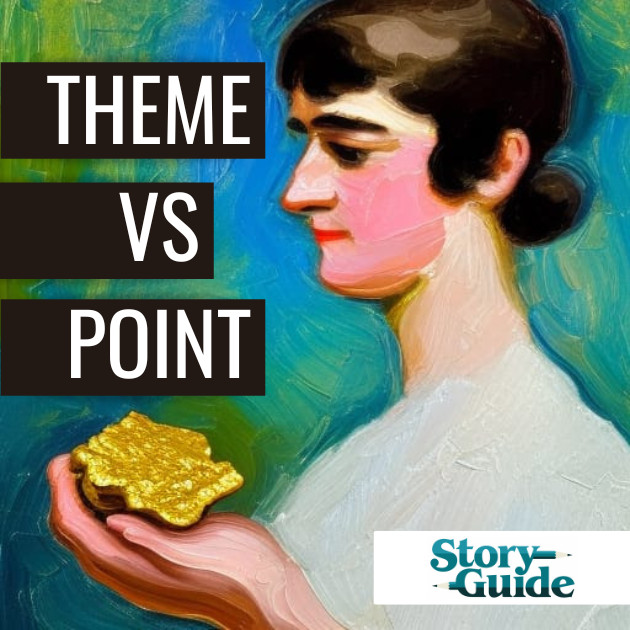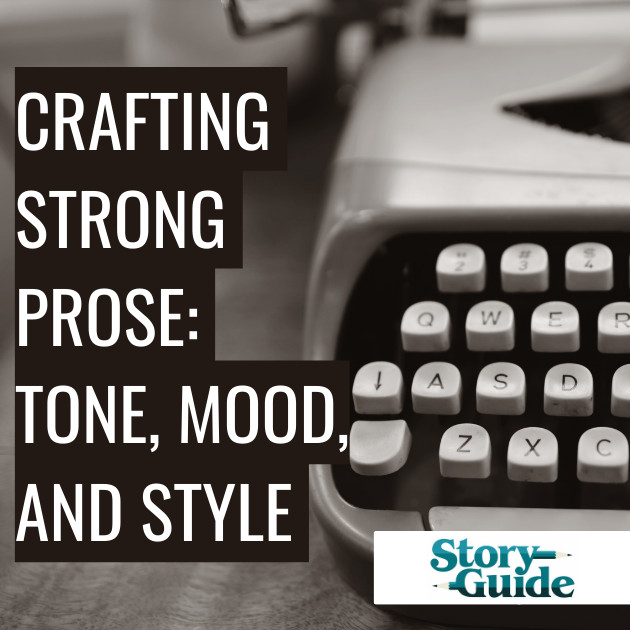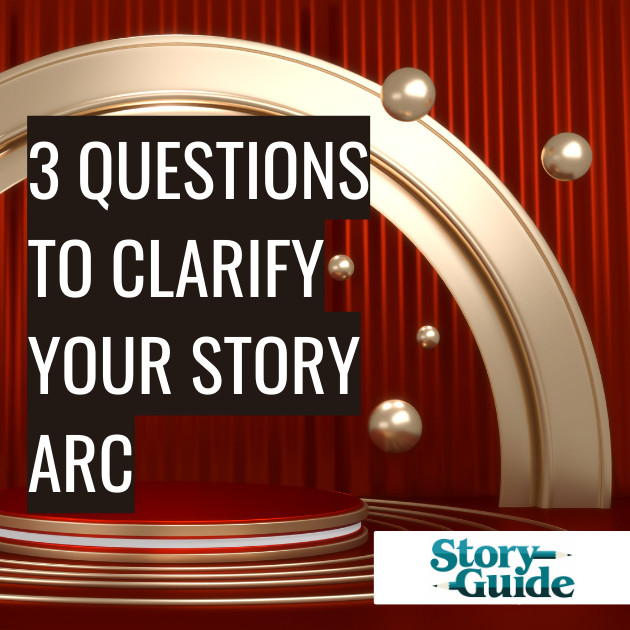 I’ve just wrapped up the highlight of my summers, the children’s theatre camp I teach each summer.
I’ve just wrapped up the highlight of my summers, the children’s theatre camp I teach each summer. This camp is very special to me because - not only did I co-found it - but it’s the only children’s theatre camp I know that creates and produces a fully staged play (with sets, no less) in two weeks! It's a daunting task, especially with a troupe of up to thirty 8-18-year-olds!
During it, my fellow counselors and I wonder how in the world we’re gonna make it through.
But then the show happens, the audience laughs and applauds, and the reception afterward is full of lots of beaming little faces. And the next day, I’m already missing it and planning improvements for the next summer's camp.
WRITING CAN BE A LOT LIKE A CHILDREN'S THEATRE CAMP
It can be a whirlwind. There can be too many ideas, too many characters, too many set pieces. You can get tired and cranky in the middle of it. But that show is looming, and you all know that stage mantra, “The show must go on!”
My particular job in this camp is to weave all the characters the kids develop into a story that makes sense. This year we had 27 kids. That’s 27 unique little characters with unique motivations, wants, and needs. If I were to create 27 character arcs, the play would be four days long! So the first thing I did was to group these characters into similar categories. There was a group of cowboys and ne’er-do-wells who wanted some adventure, but they were too depressed. There was a group of teenagers who wanted freedom and excitement, but their parents’ restrictions hindered their dreams, and there was a group of politicians and ‘evil doers’ who wanted power by any means.
Simplifying these characters into these three groups allowed me to craft character arcs for each: protagonist (the character(s) who takes us on the journey) group, antagonist (the character(s) who opposes the protagonist) group, and influencer or mentor (the character(s) who exemplifies the choices available to the protagonist throughout their journey) group. From there, I could develop a plot that serviced the goals and needs of all three groups!
You can apply this in your own writing as well.
WHEN IN DOUBT - SIMPLIFY!
So often I see writers overcomplicate their stories by adding in all. the. things. This is usually because the writer hasn’t constructed a structure and/or determined why each character exists and how the plot supports their journey. Focus on why you are writing this story. Get clear on the simple message your reader will take from your story. Then make sure you know your protagonist, your antagonist, and your influencer characters. Then create character arcs for each and build the plot to service those arcs.
Remember, if you craft a clear and simple structure, you can always weave in details later.

Love this content?
Subscribe to The Story Guide Dispatch for more!
Find Story Guide





















0 Comments